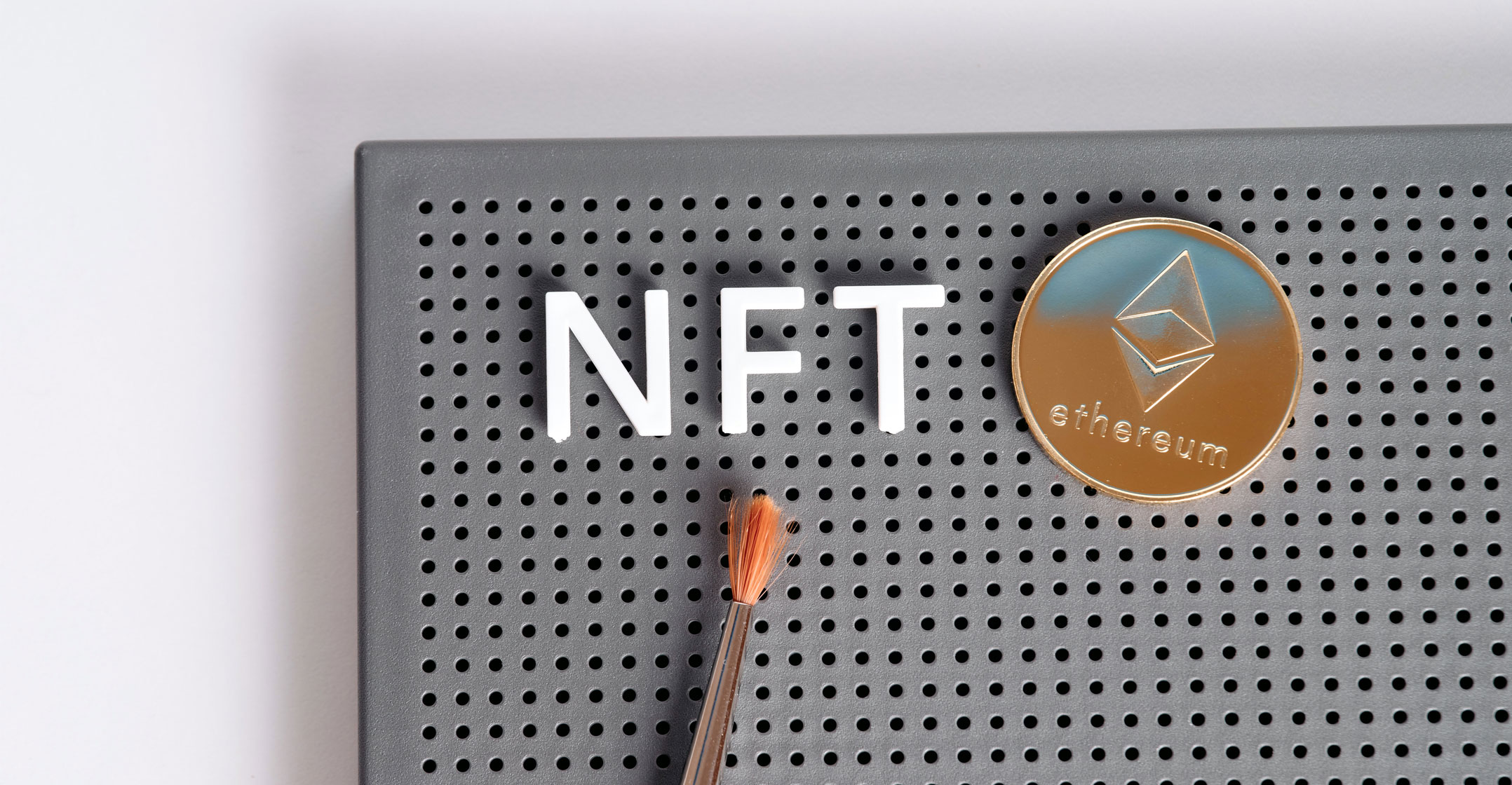 In an increasingly digital landscape where intellectual output often takes the form of digital output, non-fungible tokens (NFTs) are exploding into the world of art, media and entertainment as a means to safeguard digital files and, in turn, enhance the protection, enforcement and commercialisation of intellectual property (IP).
In an increasingly digital landscape where intellectual output often takes the form of digital output, non-fungible tokens (NFTs) are exploding into the world of art, media and entertainment as a means to safeguard digital files and, in turn, enhance the protection, enforcement and commercialisation of intellectual property (IP).
After a good few months, it doesn’t seem that NFTs are going away any time soon (as many predicted). Kim Pietersen, associate with Spoor & Fisher, explains the principles and considers the IP aspects.
What are NFTs?
Like cryptocurrencies, NFTs are unique digital tokens that use blockchain technology to record ownership and validate authenticity — call them digital certificates of ownership, if you like. Therefore, in much the same way that a title deed records the ownership of fixed property, an NFT records ownership of the digital address on the blockchain. However, an NFT can — but does not necessarily — convey ownership of the IP rights in the underlying digital asset. The person who buys the NFT doesn’t necessarily own the actual asset, although this is certainly possible if the creator of the underlying digital asset transfers the intellectual property along with the NFT.
What exactly that underlying asset may be is far-reaching and this is precisely why content creators, artists and persons alike have hopped aboard the NFT train.
Who do NFTs appeal to?
NFTs can be tied to any digital asset, such as a meme, video snippet or a tweet. Earlier this year, an NFT created by British designer Beeple, which related to a JPG file of a collage of 5 000 digital images, sold for US$69.3-million (R990-million) at a British auction. Two weeks later, Twitter CEO Jack Dorsey sold his first tweet as an NFT for $2.9-million (R41-million). Finally, close to home, our very own Bryan Habana was the first South African sports star earlier this year to sell an NFT, which was a 3D turntable of him racing a cheetah, for R150 000.
Kristin Robinson, writing on music news website Consequence of Sound (2021), said: “Although some of the NFTs being offered today might feel frivolous, the logic of buying NFTs is similar to other physical goods.” The appreciation of an NFT is largely determined by a purchaser and for now that value appears to be about rarity and owning an NFT as a status symbol.
What do you own when you buy an NFT?
In the absence of terms stating otherwise, ownership of an NFT does not, by default, grant you any rights to the IP of the underlying asset. However, the NFT does give you the right to claim ownership of the NFT, and to exclude others from claiming ownership of it.
By way of example, most often when you buy an NFT, you cannot legally edit the digital asset — even though you paid for it. You can display it on social media, or you can transfer it to another entity through resale, but you cannot reproduce any additional verified copies for a profit.
What are the IP considerations?
South African law affords an author automatic copyright protection without the need of registration if, by way of example, that author independently creates an original work. That original work could, by way of example, be an original tweet (such as in the case of Dorsey’s first tweet, which could be eligible for copyright protection insofar as the written piece is concerned) or an original image or video (such as in the case of Habana’s digital image presented as an infinitely looping GIF, which could be eligible for copyright protection as an artistic work and/or a cinematographic film).
As we’ve pointed out, NFTs don’t, however, necessarily grant any IP rights to the underlying creative work. As such, in many cases the purchaser of an NFT, not being the copyright owner, won’t be in a position to object to third parties reproducing the underlying creative work.
NFTs can, however, enhance the protection, enforcement and commercialisation of IP, particularly in the context of copyright insofar as the digital tokens can be used to manage and validate ownership claims; be programmatically set for royalty disbursements; and assist with the detection of plagiarism.
South African NFT platform Momint has realised the benefits and potential of NFTs and therefore markets its platform to local content creators and celebrities as a way to monetise their online creations. Users of Momint are able to create NFTs, called “minting”, on the platform which authorises Momint to fingerprint and store a user’s digital asset on an open-source, peer-to-peer, distributed storage system called IPFS (InterPlanetary File System).

This brings us to the question of how the underlying creative work is actually represented in an NFT. One way of doing that is to store all of the data relating to the creative work in the NFT on the blockchain. This is inefficient and costly given that the larger the NFT, the more costly and time consuming transfers of the NFT will be. The alternative is for the NFT to merely include a link to off-chain storage of the data representing the creative work.
One way is to store the data in a traditional cloud storage facility. The primary benefit of IPFS over traditional cloud storage is that, with cloud storage, if the file is removed or deleted, the link to the file encapsulated in the NFT will no longer function. IPFS on the other hand is distributed among many peers, offering redundancy and efficiency.
Not running on blockchain, but using very similar technology, the World Intellectual Property Organisation (Wipo) launched Wipo Proof in 2020, a service that provides a date- and time-stamped digital fingerprint of any file, proving its existence at a specific point in time. Used to safeguard creative works and designs, trade secrets and know-how, research and data, and other digital assets, the service appeals to content creators, artists and the like because it provides verifiable evidence that an intellectual asset existed at a specific point in time.
Of course, like any other asset, NFTs can be risky. From an IP perspective, although the trade of NFTs is still fairly a new concept, the possible infringement and claims that an IP holder may have remained largely the same as always.
By way of example, an NFT that is advertised for sale online could infringe trademark rights if a registered trademark is used in respect thereof without the trademark owner’s consent. Furthermore, if an NFT relates to unauthorised digital reproduction of prior artwork, then the resale of that NFT could constitute copyright infringement in much the same manner as the initial unauthorised reproduction would have constituted an infringement. An NFT does not, by itself, validate that the creator of the NFT has any rights to the underlying creative work; anyone can mint an NFT for any creative work. In both instances, the IP holder would be in a position to object to such infringement and could address a letter of demand to the infringer or approach a high court for relief in the form of an interdict and damages, facts dependent.
Due diligence
While NFTs may still be a fairly new phenomenon, there do appear to be benefits that content creators and artists can leverage, and those benefits do seem to outweigh any associated risks.
Buyers should be sure to conduct a due diligence on the NFT before handing over money. Consideration should be given to who the minter was, whether they had any rights to the underlying creative work in the first place, and what rights such as ownership and future royalties attach to the NFT.
This is, however, an evolving field, with no case law as far as we know. Watch this space!
- Kim Pietersen is an associate in the trademark enforcement department at Spoor & Fisher in Cape Town
- The content of this column does not constitute legal advice

